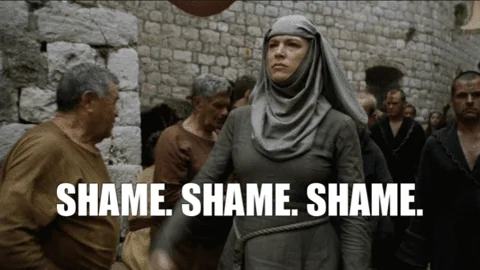DarkCrisis
Get the cool shoeshine
My biggest issue with 5E and 5.5E.
I would love for those who have never played old school B/X (and/or OSE) to try it's combat. Combat is fast and smooth.
Because its not all bloated with HP and powers and feats etc
And once you get passed level 1 (and assuming you have gained some magic armor by level 2) it's pretty survivable.
Add a few house rules to jack up survivability and its near perfect. Plays fast and its still D&D. You just dont have 40 different powers and abilities to keep track of.
And really, do you need all that to really enjoy D&D?
Edit: greatest lesson ive learned over almost 30 years of D&D is you only need the core books. Oh and simpler is better.
I would love for those who have never played old school B/X (and/or OSE) to try it's combat. Combat is fast and smooth.
Because its not all bloated with HP and powers and feats etc
And once you get passed level 1 (and assuming you have gained some magic armor by level 2) it's pretty survivable.
Add a few house rules to jack up survivability and its near perfect. Plays fast and its still D&D. You just dont have 40 different powers and abilities to keep track of.
And really, do you need all that to really enjoy D&D?
Edit: greatest lesson ive learned over almost 30 years of D&D is you only need the core books. Oh and simpler is better.


